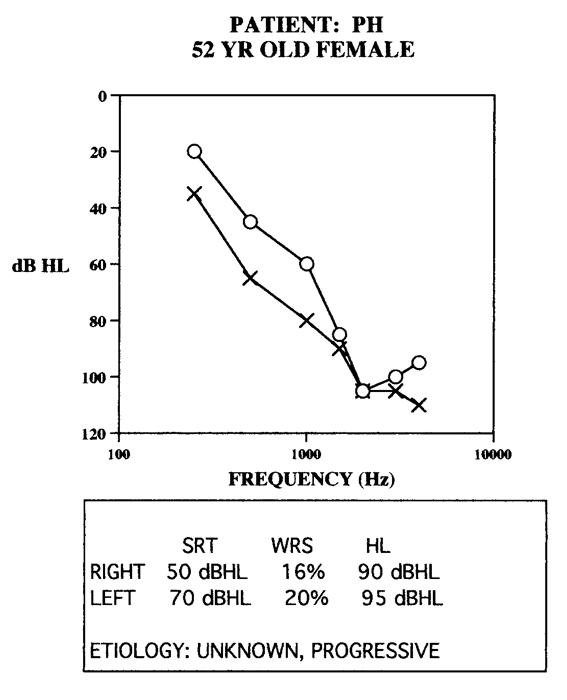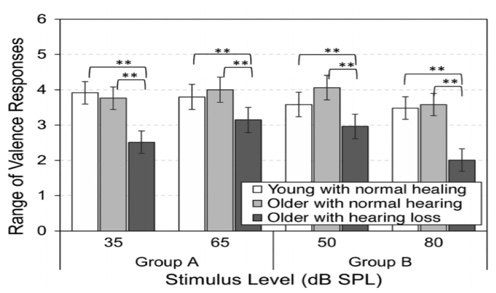Purpose
The purpose of this study is to determine which demographic, health-related, mood, personality, or social factors predict discrepancies between older adults' functional speech-in-noise test result and their self-reported hearing problems.
Method
Data of 1,061 respondents from the Longitudinal Aging Study Amsterdam were used (ages ranged from 57 to 95 years). Functional hearing problems were measured using a digit triplet speech-in-noise test. Five questions were used to assess self-reported hearing problems. Scores of both hearing measures were dichotomized. Two discrepancy outcomes were created: (a) being unaware: those with functional but without self-reported problems (reference is aware: those with functional and self-reported problems); (b) reporting false complaints: those without functional but with self-reported problems (reference is well: those without functional and self-reported hearing problems). Two multivariable prediction models (logistic regression) were built with 19 candidate predictors. The speech reception threshold in noise was kept (forced) as a predictor in both models.
Results
Persons with higher self-efficacy (to initiate behavior) and higher self-esteem had a higher odds to being unaware than persons with lower self-efficacy scores (odds ratio [OR] = 1.13 and 1.11, respectively). Women had a higher odds than men (OR = 1.47). Persons with more chronic diseases and persons with worse (i.e., higher) speech-in-noise reception thresholds in noise had a lower odds to being unaware (OR = 0.85 and 0.91, respectively) than persons with less diseases and better thresholds, respectively. A higher odds to reporting false complaints was predicted by more depressive symptoms (OR = 1.06), more chronic diseases (OR = 1.21), and a larger social network (OR = 1.02). Persons with higher self-efficacy (to complete behavior) had a lower odds (OR = 0.86), whereas persons with higher self-esteem had a higher odds to report false complaints (OR = 1.21). The explained variance of both prediction models was small (Nagelkerke R 2 = .11 for the unaware model, and .10 for the false complaints model).
Conclusions
The findings suggest that a small proportion of the discrepancies between older individuals' results on a speech-in-noise screening test and their self-reports of hearing problems can be explained by the unique context of these individuals. The likelihood of discrepancies partly depends on a person's health (chronic diseases), demographics (gender), personality (self-efficacy to initiate behavior and to persist in adversity, self-esteem), mood (depressive symptoms), and social situation (social network size). Implications are discussed.from #Audiology via ola Kala on Inoreader https://ift.tt/2EeqKov
via IFTTT

